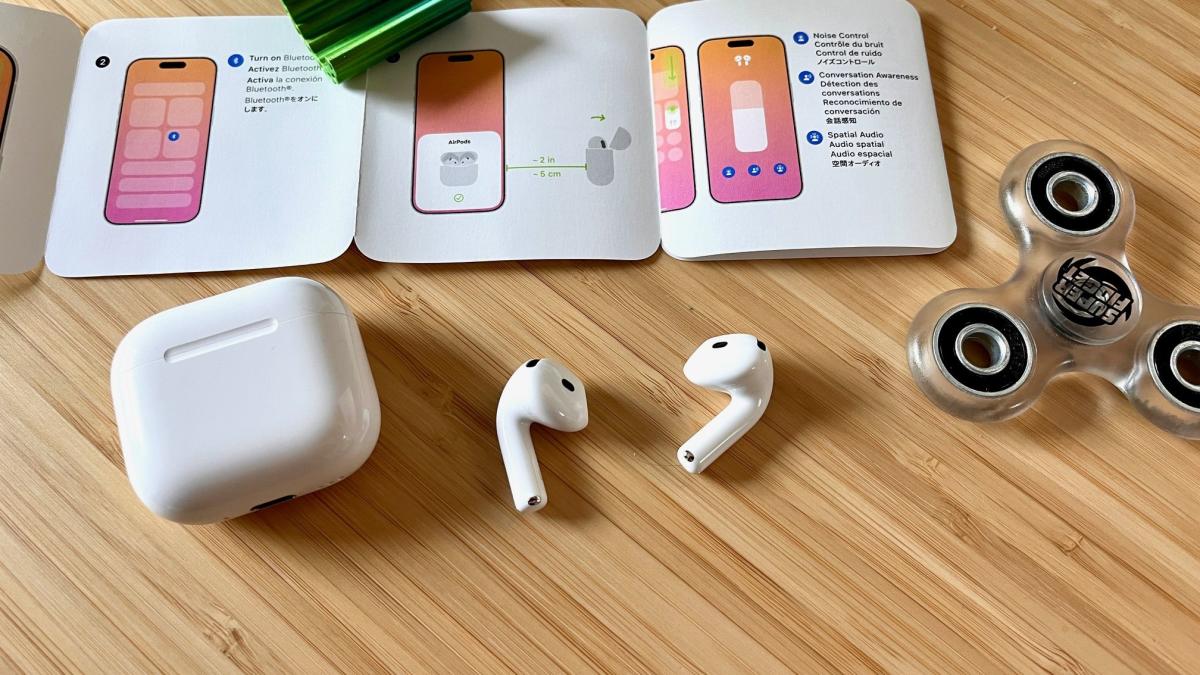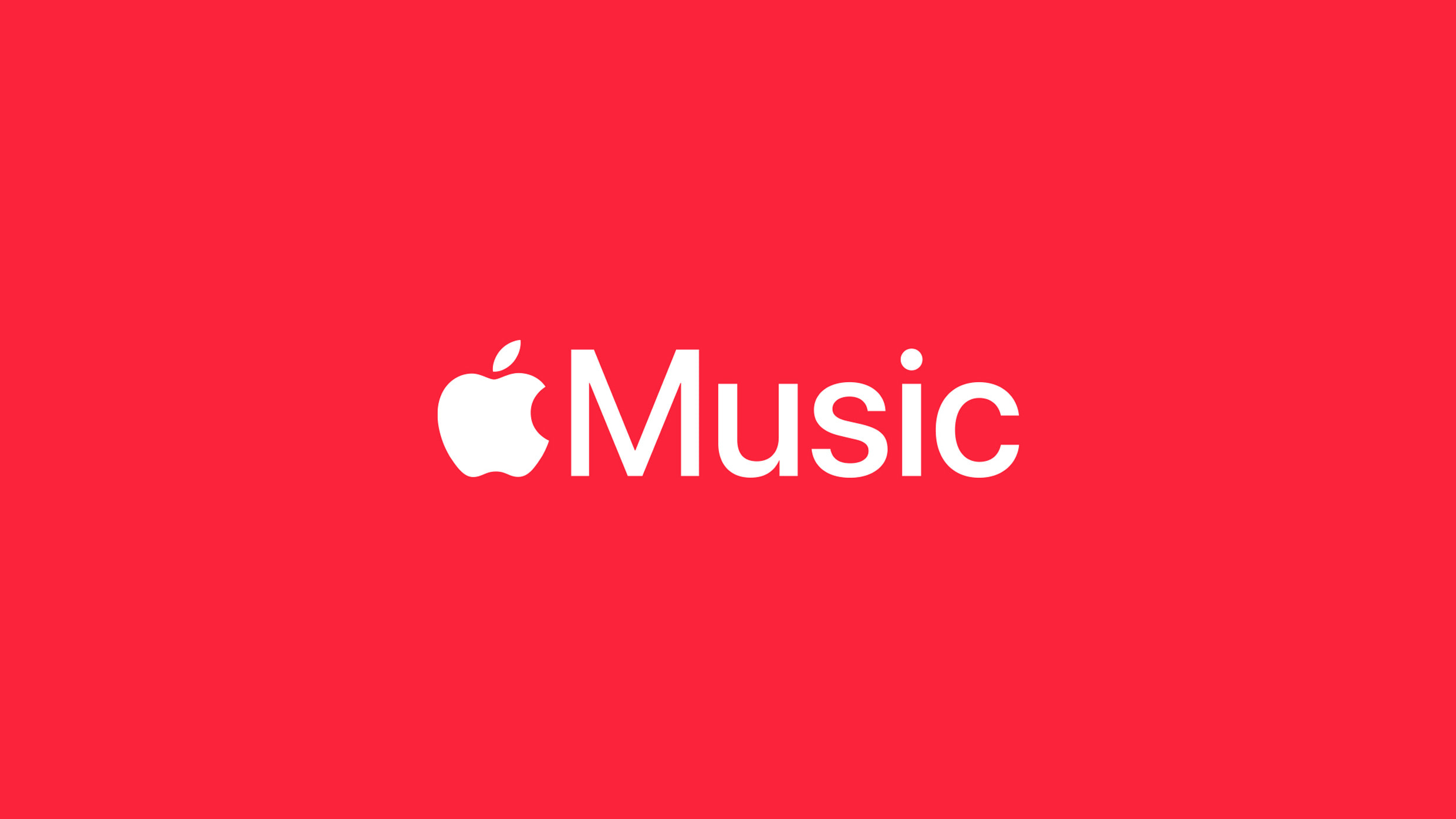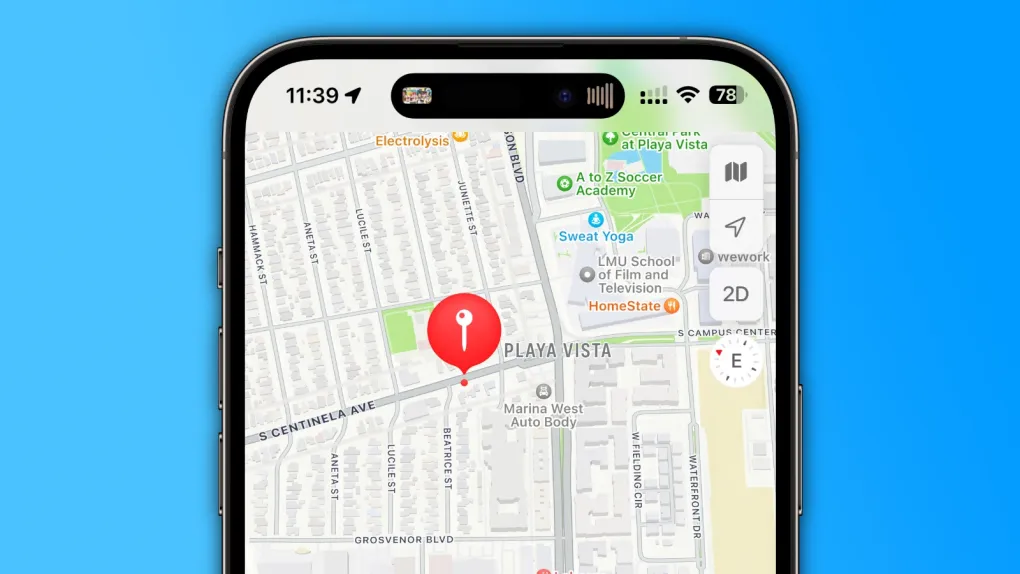Apple is gearing up for some major changes to its iPhone software, thanks to new rules from the European Union (EU). The European Commission has set deadlines for Apple to roll out updates in iOS 19 and iOS 20, making the iPhone work better with other devices and apps. These changes will give users more freedom and options, especially in Europe.
By the end of 2025, likely with iOS 19.2, third-party smartwatches will be able to show and handle iPhone notifications. This means you won’t need an Apple Watch to stay connected. Then, by mid-2026, around iOS 19.4, Apple will let third-party headphones use its cool audio-switching trick—something AirPods already do when hopping between your iPhone and Mac.
Also by mid-2026, iOS will support alternatives to AirDrop, letting other apps share files just as easily. Finally, by the time iOS 20 rolls out in late 2026, third-party apps will get a shot at matching AirPlay’s streaming magic. These updates aim to make your iPhone play nicer with non-Apple gear.
Meanwhile, iOS 18.4, coming in April 2025, brings a small but handy tweak to Safari. When you open a new tab and tap the search bar, it’ll now show your recent searches right away. This could save time if you often look up the same things, but it might feel less private—anyone peeking at your screen could see what you’ve been searching for.
If you don’t like it, you can switch to Private Browsing or clear your history often. Apple might add an off switch for this feature later, based on what users say during testing. These updates show Apple balancing new features with EU demands. iOS 19 will kick off at WWDC 2025 in June, hitting phones in September, while iOS 20 will follow in 2026. From better device support to a smarter Safari, your iPhone experience is about to get a big boost—especially if you’re in the EU.






